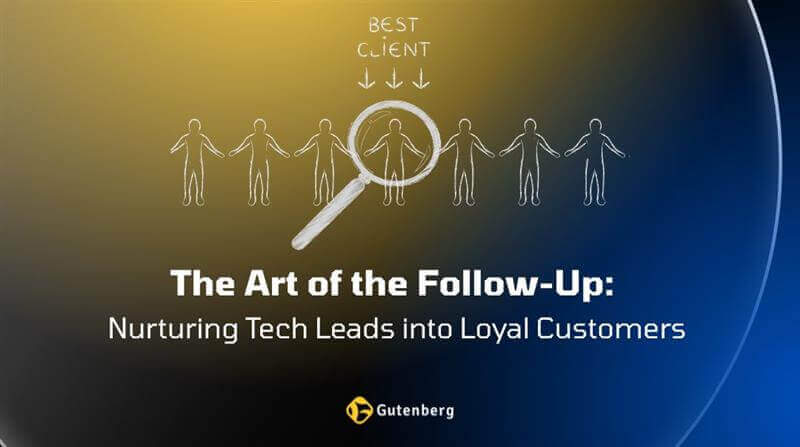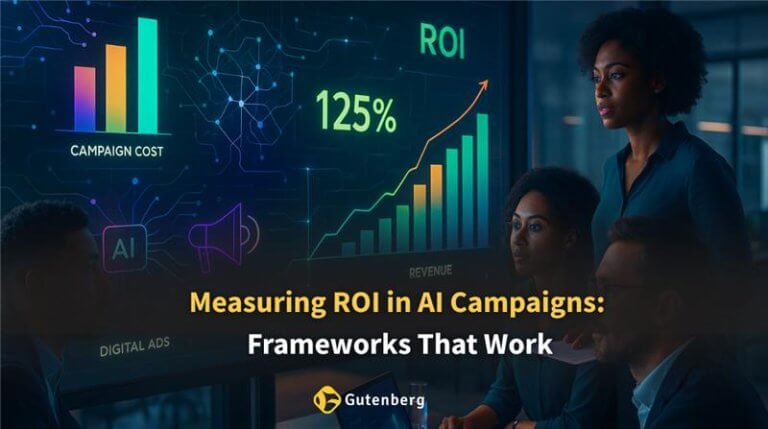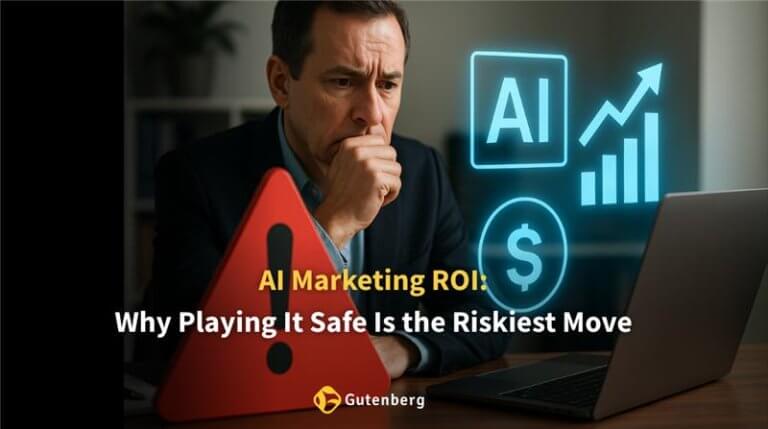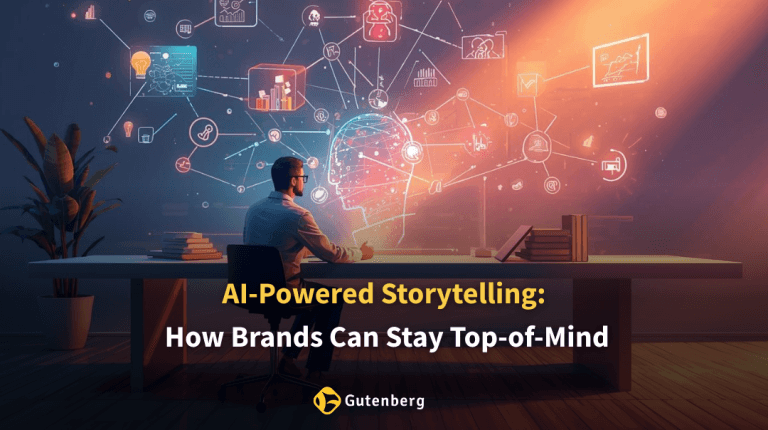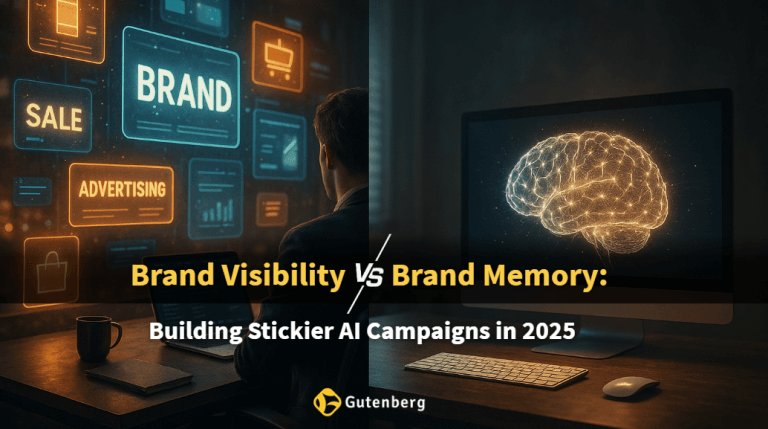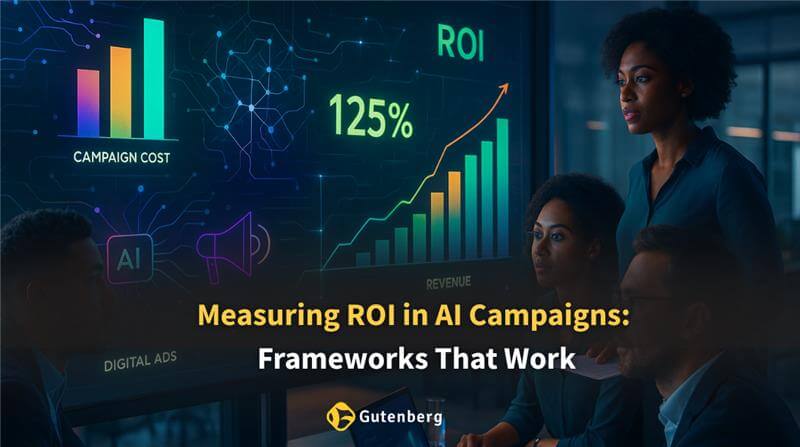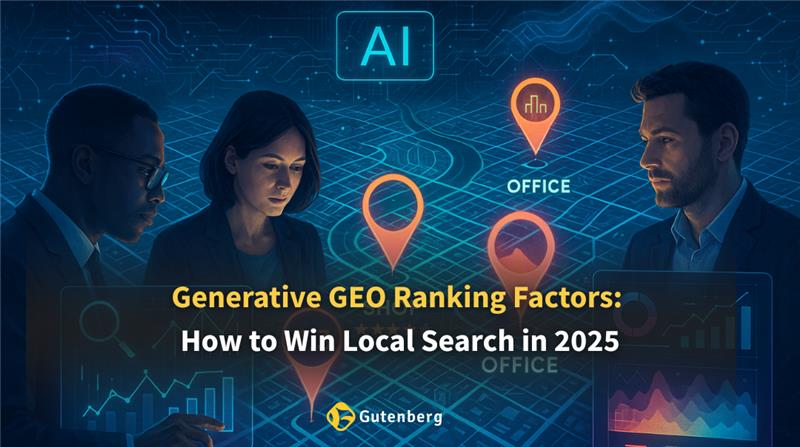Reaching a prospect is hard work but keeping that prospect engaged until conversion is even harder. For tech companies, especially in the B2B space, closing a deal involves far more than just a great demo or product pitch. Decision-making cycles are long, buyers are cautious, and most leads fall through the cracks not because of lack of interest, but because of inconsistent or irrelevant lead nurturing strategies.
According to a report by Invesp, 80% of new leads never translate into sales due to a lack of proper nurturing. In the tech industry, where products are complex and buying committees are large, this gap is even more pronounced. The initial touchpoint may spark curiosity, but it is the follow-up that earns trust and drives action.
This blog explores how tech marketers and sales teams can implement structured, effective lead nurturing strategies to close this gap. We will look at the core principles of follow-up, discuss smart timing and tools, examine how to avoid overstepping, and walk through ways to turn warm leads into loyal customers. Finally, we will explain how Gutenberg helps tech brands build follow-up processes that convert interest into long-term value.
Why Follow-Up Can Make or Break a Tech Sale
Following up is not just best practice; it is a necessity for better conversions. Especially in the B2B tech space, decisions rarely happen instantly. A survey by Gartner found that 77% of B2B buyers feel their last purchase was very complex or difficult.
For companies selling high-ticket software, infrastructure, or enterprise solutions, this means staying present without being overbearing. Effective lead nurturing strategies bridge this gap by keeping leads engaged and informed throughout their decision-making process, and more importantly aligned with your offering at every step.
Core Components of Effective Lead Nurturing Strategies
Timeliness is Everything
Timing often matters more than content. If a prospect fills out a form or books a demo, and they do not hear from your team within 48 hours, the perceived interest in their problem starts to fade.
Fast response times make your brand appear more attentive and capable. That responsiveness signals a high level of customer service, something prospects expect from a tech provider.
But it is not just about speed. A quick follow-up should also have context. Referring to what the prospect showed interest in or what challenge they mentioned adds relevance to that speed.
Personalization Beyond the Name
Personalization today goes beyond greeting someone by their first name. Buyers expect businesses to understand their unique pain points, especially in tech. A CFO cares about ROI and total cost of ownership. A developer wants to know about integrations and APIs. If your email or message does not reflect that awareness, it often gets ignored.
According to a Salesforce report, 73% of B2B buyers expect personalized communication based on past interactions. Segmentation, behavioral tracking, and role-specific messaging make personalization more impactful. The more tailored your follow-up, the more likely it is to feel relevant and credible, not like spam.
Multi-Touch Follow-Up Campaigns Work Better
People rarely reply to the first message, especially in busy sectors like tech. Multi-touch campaigns, which include emails, phone calls, LinkedIn messages, or even retargeted ads, build familiarity.
Using a variety of channels increases visibility and gives your lead more ways to respond at their convenience. It also builds brand consistency and helps your team stay on top of mind without being intrusive.
The key is to stagger these touches over time, not flood their inbox or notifications, and make each touch valuable.
Lead With Value, Not the Pitch
Every follow-up touch should offer something like a whitepaper, a new blog, a webinar invite, or a product walkthrough video. The goal is to build credibility, not just push sales.
Most tech buyers are looking to make informed decisions, not quick ones. Educational, relevant, and contextual content can support their journey better than a repeated “just checking in” message. This approach aligns with modern lead nurturing strategies, where building trust leads to better outcomes than pushing for urgency.
Optimizing the Sales Funnel for Retention and Conversion
Map Content to Funnel Stages
Different buyers need different content depending on where they are in the funnel. Pushing a product demo to someone still exploring the problem is not helpful and can actually hurt your chances.
- Top of Funnel: Use blogs, industry insights, infographics, and short videos to educate.
- Middle of Funnel: Offer product comparisons, webinars, deeper, and deeper case narratives.
- Bottom of Funnel: Present ROI calculators, testimonials, detailed demos.
This kind of alignment improves sales funnel optimization by giving prospects the right information at the right time, increasing their confidence and readiness to buy.
Use Lead Scoring to Prioritize Smartly
Not every lead needs a call tomorrow. Lead scoring helps you determine who is sales-ready and who needs more nurturing. Scores can be based on actions such as website visits or email opens, firmographics like company size or role, or engagement levels.
Research from DemandGen Report in 2022 shows that sales and marketing alignment with lead scoring improves revenue contribution by 20% or more.
Smart lead scoring supports efficient tech lead follow-up by preventing your sales team from wasting time on low-intent contacts.
Sync Sales and Marketing to Stay Aligned
Marketing teams often own content and automation, while sales teams handle direct conversations. But if those two are not coordinated, follow-ups can become disjointed or even duplicates.
A shared CRM, common KPIs, and regular check-ins ensure both sides of the funnel are working together. This alignment improves the consistency of communication, helps track engagement better, and contributes to stronger B2B customer retention over time.
How to Follow Up Without Overstepping
Follow-ups should feel helpful, not pushy. A balanced cadence ensures you stay present while respecting the buyer’s space.
A sample 3-week cadence could look like this:
- Day 1: Send a thank-you and customized resource based on their interest
- Day 3 to 4: Share an educational piece that speaks to their role
- Day 7: Check in and ask a specific question to keep the conversation moving
- Day 14: Provide a short customer story or product walkthrough
- Day 21: Offer to connect or ask if timing is not right
Including options to pause communication or book a call builds trust and makes your follow-up more user-friendly.
Tools for Digital Marketing and Tech Lead Follow-Up
Tech buyers expect structured, timely outreach, and software to help make that scalable.
- CRM Platforms: Salesforce, Zoho, or HubSpot let your team keep track of conversations, notes, and engagement history in one place.
- Email Automation Tools: Constant Contact and Mailchimp allow for automated follow-up sequences tailored to audience behavior.
- Behavior Tracking: Leadfeeder or Albacross alert you when a lead revisits your website or interacts with content.
- Social Outreach: LinkedIn Sales Navigator helps you connect professionally and contextually, especially important for high-value B2B leads.
When used thoughtfully, these tools enhance your digital marketing for tech companies and ensure consistency across your lead nurturing strategies.
Avoid These Follow-Up Pitfalls
- Do not use the same template for everyone: Lack of personalization results in low engagement.
- Do not let weeks go by between follow-ups: Inactivity lowers conversion likelihood significantly.
- Do not ignore digital signals: Track clicks, replies, and behavior to know when a lead is warming up or cooling down.
- Do not rely only on email: Mix in calls, social, or even SMS if appropriate.
- Do not quit too early: It often takes multiple touches to earn a reply, especially from senior decision-makers.
Driving Long-Term Loyalty After the Sale
- Onboarding is the First Big Test: A new customer’s first 30 days define their experience with your brand. Clear timelines, helpful documentation, and proactive check-ins show that you care about their success.
- Stay Proactive Post-Sale: Continue to share relevant updates, product tips, or usage insights. This builds credibility and helps drive upsells or renewals naturally over time.
- Ask for Feedback Regularly: Simple, well-timed check-ins can reveal unmet needs or early issues. Responding quickly builds trust and improves your chances of B2B customer retention.
Why Tech Companies Partner with Gutenberg
At Gutenberg, we help tech brands build structured, clear, and outcome-driven lead nurturing strategies. Our approach integrates targeted content, automation workflows, behavioral insights, and regional personalization to ensure your team connects at the right time, with the right message.
Whether you are trying to improve tech lead follow-up, align sales and marketing, or enhance your digital marketing for tech companies, we bring the systems and clarity needed to scale.
Let us build a pipeline that not only converts but retains. Get in touch to discuss how Gutenberg can help.
Conclusion
Follow-up is not just a stage in the funnel; it is the glue that holds your conversion strategy together. Especially for tech companies navigating long cycles and multiple stakeholders, a thoughtful, consistent approach can be the difference between missed opportunities and signed contracts.
With timely outreach, personalized messaging, smart tools, and cross-team coordination, lead nurturing strategies become less about chasing leads and more about building value-driven relationships. This approach helps brands convert better and retain longer.
For companies looking to improve their sales funnel optimization, streamline tech lead follow-up, and strengthen B2B customer retention, now is the time to act. The right partner makes all the difference.
Start smart follow-up with Gutenberg.

